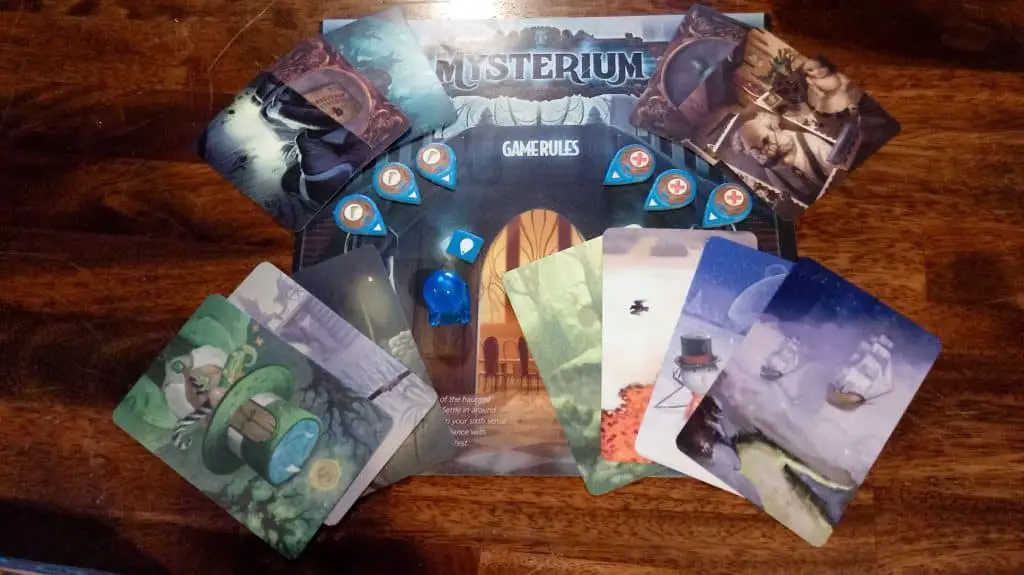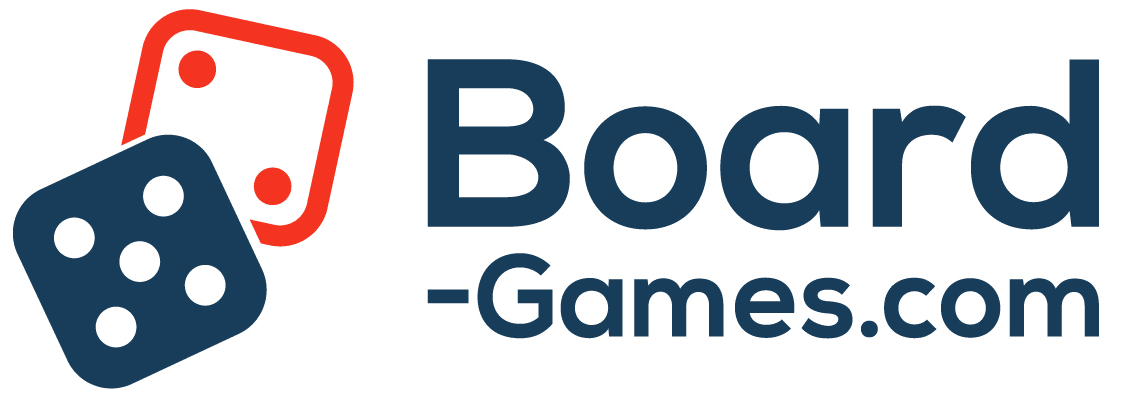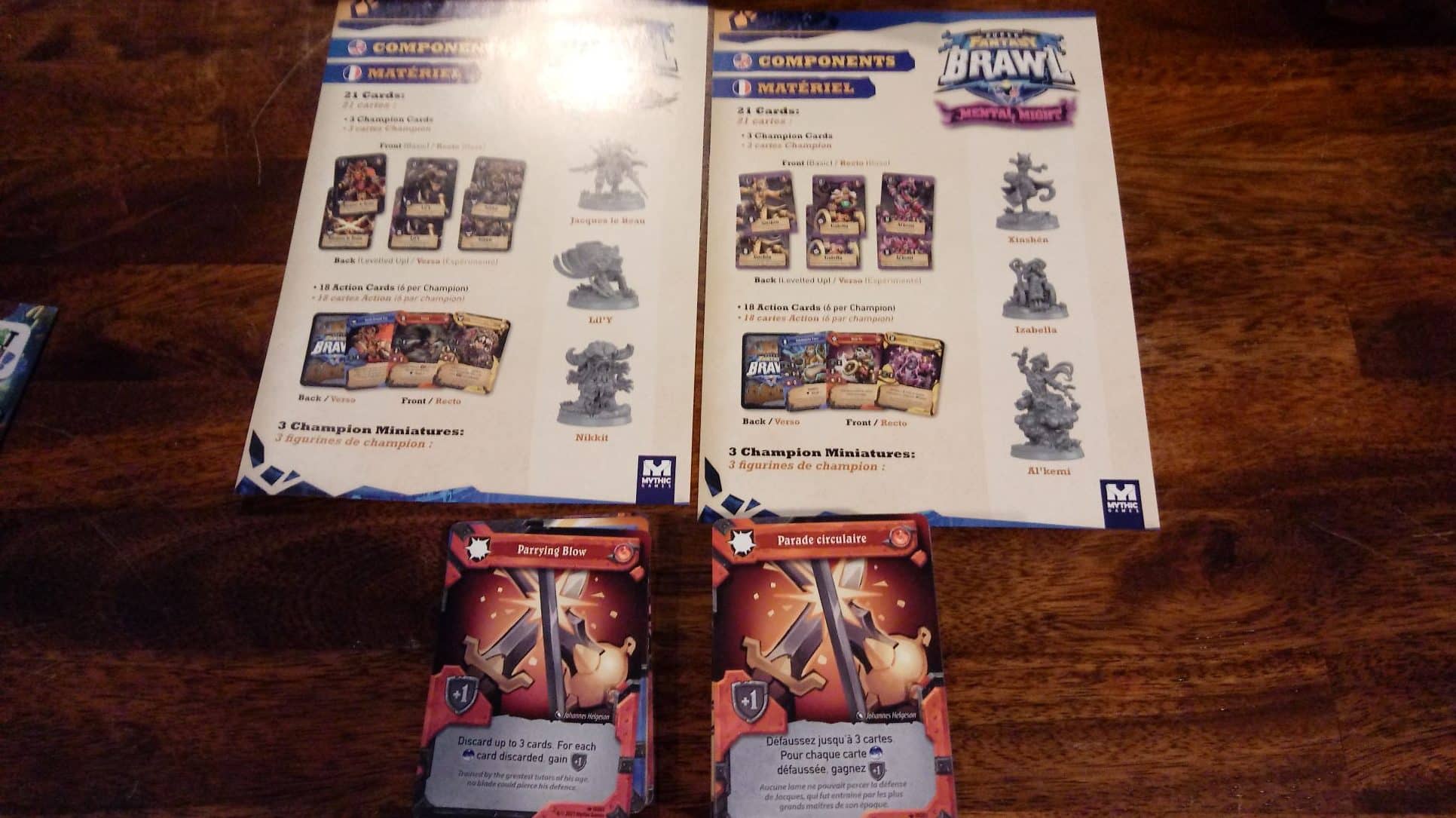Ever opened a board game and seen another rulebook in a different language? Or maybe some of the cards have multiple languages on them? This can lead you to wonder why do some board games come in multiple languages?
Some board games come in multiple languages because it can be expensive to produce a board game, so it’s easier to create one copy that people of multiple languages can understand and enjoy. Another reason is that the publisher believes ththe at game will sell well in those markets.
Table of Contents
How Other Industries Handle Multiple Languages
Board games are unique when it comes to supporting multiple languages. With video games, it’s as simple as changing a setting. With a book, you don’t have that option so the same book has to be printed multiple times, each time in a different language.
Board games do it a little differently though. Not all board games, but a fair number of them. Many board games will either come in what’s called a multilingual edition or skip that title and just have multiple languages supported in the same box.
What Is A Multilingual Edition?
“Multilingual edition” is just a fancy way of saying that the game supports multiple languages. Part of the design process for board games involves figuring out which markets they will sell well in and how to support those markets. One of those supports involves languages.
So, publishers have to decide how to best accommodate those languages. Often, this will mean putting multiple rulebooks or sets of cards into one board game box. It may also mean making the components as language-independent as possible.
What Does It Mean When A Board Game Is Language-Independent?

When a board game is language-independent, that means that anyone, regardless of what language they speak, can understand and enjoy the game. That doesn’t mean they’ll be able to read the rulebook, but it does mean they’ll be able to understand the game’s components. These would be things like cards, tokens, dice, tiles, miniatures, and more.
As an example, if a card has a lot of text on it but is only in one language, that game might not be language-independent. However, if that same card instead uses icons or pictures to communicate its information, mayuniversal symbolssal, that game might be language-independent.
What Are Some Language-Independent Board Games?
Here’s a list of a few games that are language-independent:
There are plenty more, so don’t fret if these games aren’t to your liking!
Why Don’t Board Games Just Print Copies For Each Language?
Sometimes board game companies do this. Sometimes they even come with different art styles, as in the case of Castles Of Mad King Ludwig (the Polish edition had different art).
One reason they do this is that they want to see how the game does in a certain market. Another reason is that they don’t have any plans to put the board game in more than one market for one reason or another. It’s also possible they don’t have the resources to do so and then another company reaches out that has those resources.
Either way, sometimes it does happen.
What Should I Do With The Components In A Language I Don’t Speak?
This is entirely up to you. You can keep them as mementos or learning opportunities if you want. You can also recycle them if that’s available to you.
Another option is to keep them in the box. If they aren’t getting in your way or making playing the board game more difficult, then leaving them there shouldn’t be a problem. You never know if you’ll sell the game, and maybe the person who buys it speaks that other language or appreciates it in some way.
Why Multiple Languages In Board Games Is Cool
I think the way multiple languages are treated in the board game industry is really cool. It helps you to realize that no matter where you are in the world there are other people out there who enjoy the same games you do. It gives you a little reminder that you’re not alone and that you’re part of a much larger community that transcends and unites us across our differences.
I personally choose to recycle components of other languages, but I always do so with a bit of regret. I wonder if I’m missing out on something, somehow. Still, I already have way too much stuff as it is, so extra components tend to go in the recycling along with inserts.
It keeps my collecting tendencies in check. At least a little bit anyway.
Did You Know?
(Each time you refresh the page you will get a new “Did You Know” fact!)
Did you know LEGO might be a board game? I took the time to explore this possibility, and I’d love it if you joined me in it over here!
Conclusion: Why Do Some Board Games Come In Multiple Languages?
Board gaming is a cool hobby. It brings people to the table and it reminds us that other people around the world use it to bring people to their tables too. So, when it comes to why some board games come in multiple languages, it’s less about why and more about how to appreciate them when they do.
So, what do you think? Do you that board games come in multiple languages or do you find it more of a hassle?
Let us know your thoughts and why in the comments below!
And, as always, keep on gaming, you maniacs.

